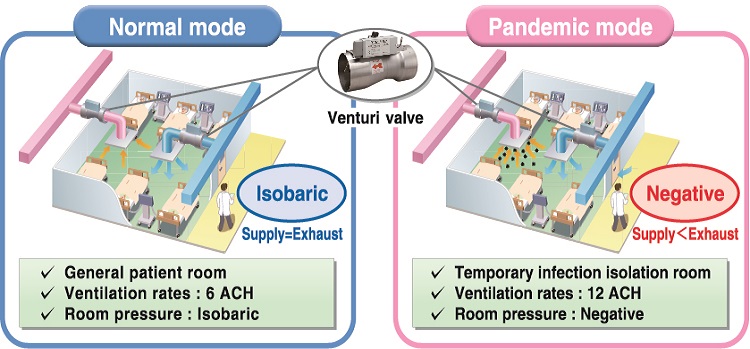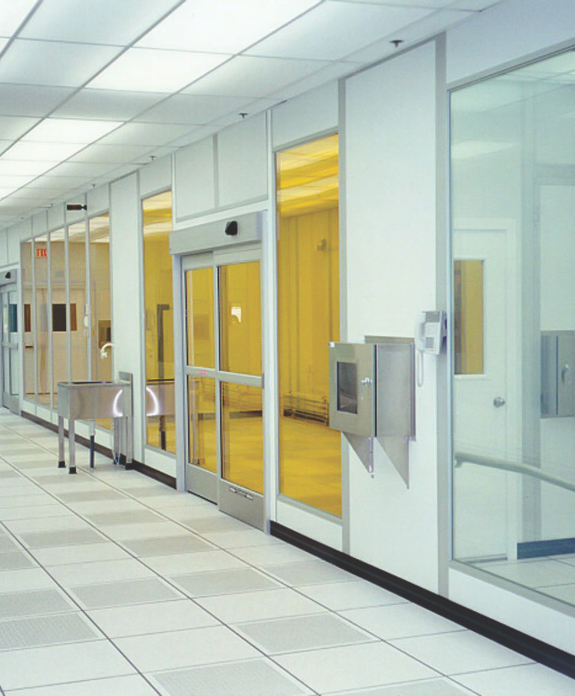


Top of page When to use airborne precautionsĪirborne precautions are a subset of transmission based precautions and are used to prevent transmission of microorganisms that remain infectious over time and distance when suspended in the air. 4 They are based on the use of personal protective equipment (PPE) appropriate to the mode of disease transmission and should always be used in conjunction with standard precautions. Transmission based precautions are additional work practices used in situations where standard precautions alone may be insufficient to prevent infections. tuberculosis directly from sputum and some extrapulmonary specimens (including cerebrospinal fluid). Where multidrug-resistant TB is suspected, an Xpert MTB/RIF assay should be requested as this can detect the presence of rifampicin resistance as well as the presence of M. Rapid molecular tests should be utilised where clinically appropriate. It is important that clinicians specifically request that the laboratory stains for acid fast bacilli and performs TB culture. patients with HIV or other immuno-compromised states and.as occurs in parts of the Northern Territory and Queensland) Indigenous Australians in localised areas (e.g.those with a history of previous TB treatment.contacts of an active case within the past 5 years.new arrivals and recently returned travellers from high incidence countries.a chronic cough, sometimes accompanied by haemoptysis Ĭlinical suspicion of TB should be high in any person with exposure risk factors and a respiratory infection unresponsive to standard treatments or an unexplained non-respiratory illness.
AIRBORNE ISOLATION NEGATIVE PRESSURE ROOM SERIES
The early flags for TB, as listed in the Series of National Guidelines for TB 5 are: By having a high level of vigilance for TB, appropriate isolation can occur at an early stage. The most effective measure to control TB in a healthcare setting is early detection. Top of page Importance of early detection It is not transmitted by touching surfaces such as bed linen, toilet seats, shaking hands etc. tuberculosis is transmitted only through air containing microdroplets of TB organisms. aerosol generating procedures) and host vulnerability must all be taken into account. Intensity of smear positivity, mechanical factors (e.g. In healthcare settings, the duration is often considered significant after eight accumulative hours of exposure have occurred but this is not an absolute cut off for decision making. Household members are at greatest risk of acquiring TB from an index case of pulmonary tuberculosis. The risk of transmission increases with duration of exposure. Infectivity is directly related to the magnitude of viable organism load in respiratory secretions. 4 Depending on the environment, tubercle bacilli can remain suspended in the air for prolonged periods and air currents can carry them throughout a room or building. tuberculosis is generated and carried in droplet nuclei particles that are approximately 1–5 μm in size. When a person with pulmonary TB coughs, sings, laughs or sneezes, M.

TB is spread via inhalation of small particle aerosols (airborne route). These guidelines provide recommendations for healthcare workers to manage patients who are confirmed or suspected of having pulmonary TB.

AIRBORNE ISOLATION NEGATIVE PRESSURE ROOM PDF
Table of contents | Full text PDF (313 KB) | Previous article | Next articleĬhris Coulter and the National Tuberculosis Advisory Committee Introduction Aboriginal and Torres Strait Islander Health.


 0 kommentar(er)
0 kommentar(er)
